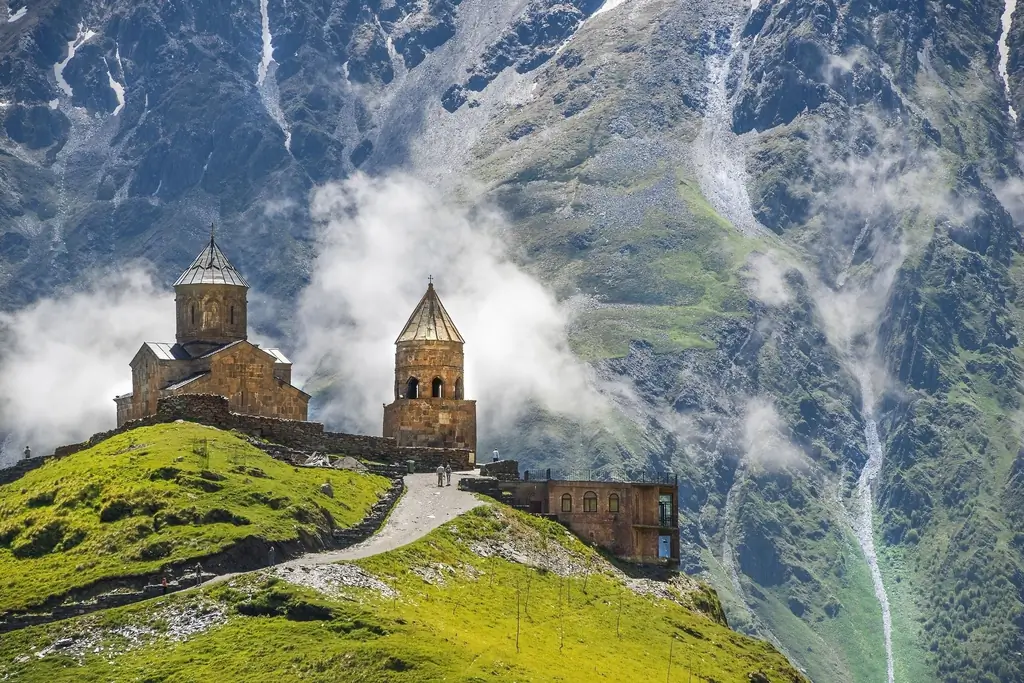To understand any country, it is useful to know its historical past, from the emergence and ending with the formation and establishment of the state. The history of Georgia is so ancient that it is not easy to establish where and when its roots begin.

However, we can say for sure that the history of the territory of this country began in the days of the dinosaurs. The fact is that their traces were found in Georgia, which have survived to this day. Dinosaur footprints can be seen in one of the national parks of Georgia, located in the Imereti region.
A long time ago, there was only one continent on our planet - Pangea, which was washed by a single ocean. Gradually, Pangea split into two parts. The northern half was called Laurasia, and the southern mainland was called Gondwana. Between the continents, the newly formed Tethys Ocean began to grow, separating the continents from each other. Georgia at that time was located on the southern coast of Laurasia. It was here that dinosaurs came to admire the sunset and see how beautifully the sun hides behind Tethys.
The Cretaceous period is over. Suddenly all the dinosaurs disappeared and the Paleogene era began. The causes of the Cretaceous catastrophe are still unknown, but there is a version about the fall of the meteorite. If this version is justified, then the remains of this celestial body are likely to be found on the territory of Georgia. The presence of meteorite remains in the ground is evidenced by the content of iridium in the soil. Georgian geologists have an assumption that such evidence may exist in Georgia.

Well, the dinosaurs disappeared, and a little later Laurasia began to gradually sink under the water. The fact that the territory of present-day Georgia was at the bottom of the ocean was proved by the artifacts found. The remains of Cetotherium, an ancient whale that swam above the surface of the sunken Laurasia, were found here. The whale bones are now in the Sukhumi museum.
The Caucasus stayed under the ocean for two-thirds of the Paleogene. During this long time, massifs of oceanic sediments have been layered on the territory of Georgia. Multi-meter thick sediments can be seen in the Caucasian gorges. It is in these limestone deposits that the Vardzia caves are carved.
Gradually the Caucasus rose from under the ocean and began to take shape familiar to us. The Greater Caucasus at that time was a long island on which tropical forests grew. Walking through the alpine meadows, one can imagine that banana palms rustled on this place in ancient times, exotic orchids bloomed and bright parrots flew.
After some time, the Caucasus Mountains began to grow rapidly upward. The water gradually receded, forming the valleys and plains of present-day Georgia. At this time, a powerful eruption of Elbrus and Kazbek takes place. This is followed by two ice ages. The mountains are covered with ice caps, and tropical vegetation has practically disappeared. And then a man appeared …






